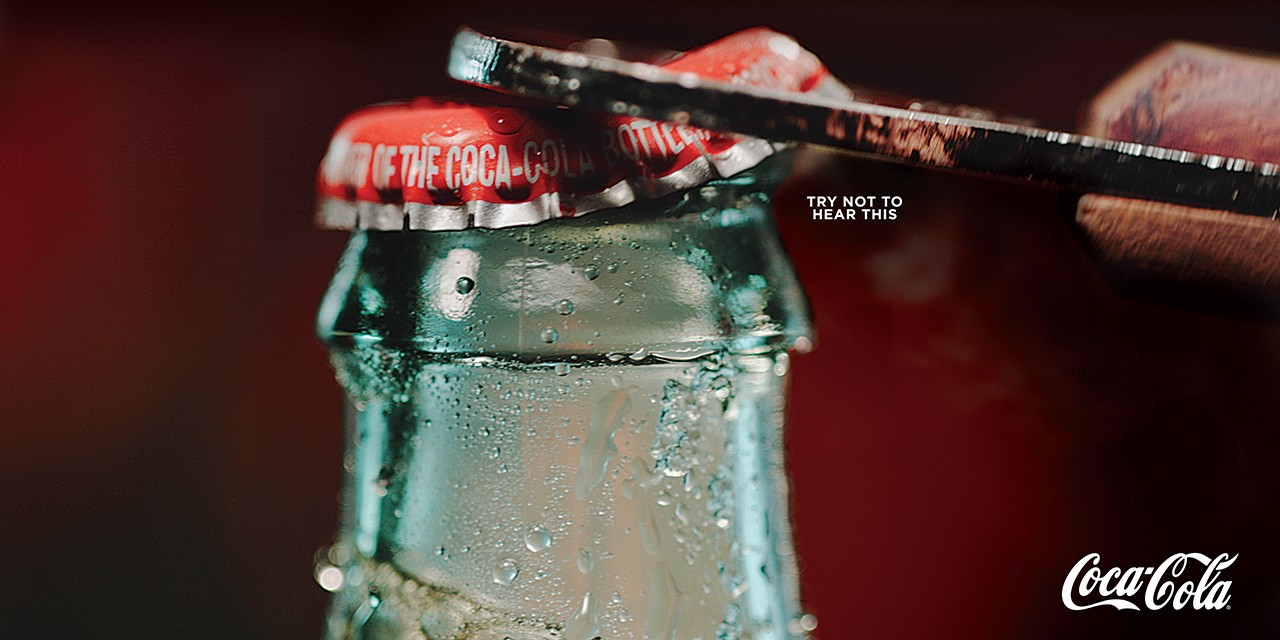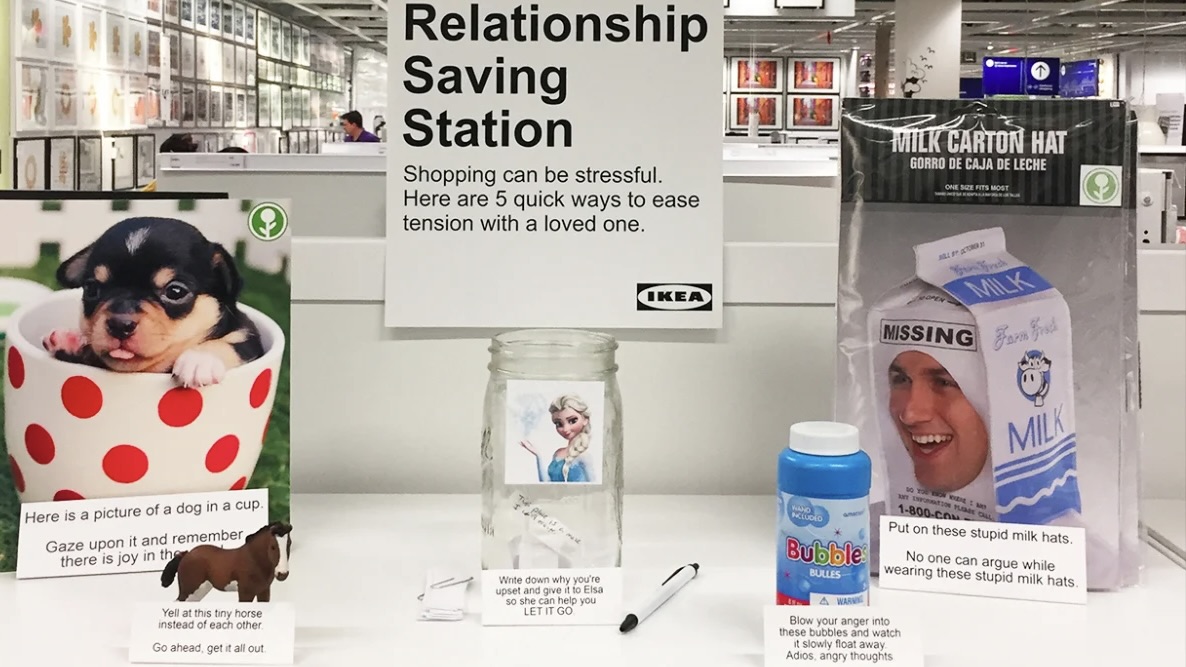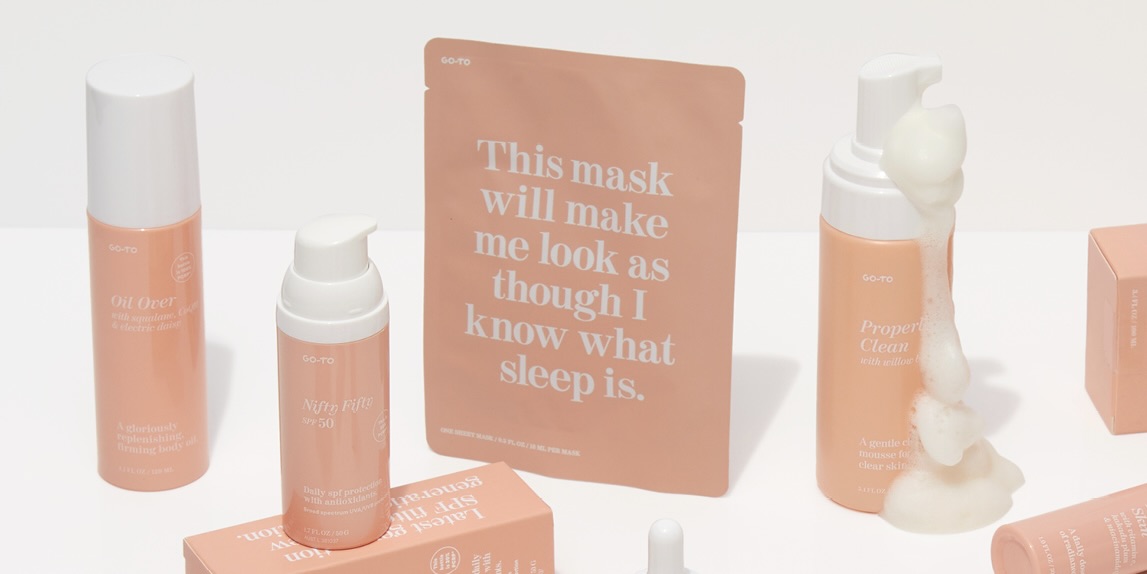The ones that stand out are the ones we’re naturally drawn to, making them memorable for the right reasons.
Like people, a brand without any personality is dull, lifeless, and won’t have gravitas or appeal. However, if you can create a brand personality that positively resonates with your customers, your brand will have a decisive edge over your competitors.
What is a Brand Personality?
The personality of a brand encompasses its human characteristics, emotions, and attributes. It plays a pivotal role in shaping customer perceptions, determined by how the brand presents itself to customers—its actions, communication, and overall visual identity.
A brand personality is essentially the distinctive human characteristics and qualities that make a brand recognisable and, hopefully, attractive to consumers. The aim of developing a brand personality is to give consumers something they can relate to on a personal level beyond the price, features, and benefits of the product or service.
Coca-Cola – Try not to hear this
The psychology of brand personality
Even in a market where multiple brands offer the same product or service; customers often find themselves drawn to one brand over others. A preferred brand might even come with a higher price tag, but if it resonates strongly with customers, this connection often surpasses factors like pricing, creating a loyal customer for life.
According to a research institute’s two-year study of 100,000 retail customers, emotionally connected customers have a 306% higher lifetime value (LTV), staying with a brand for an average of 5.1 years vs. 3.4 years (1). Furthermore, they are more likely to recommend brands at a much higher rate (71% vs. 45%) (1).
People purchase from brands they like, know, and trust—forging a relationship cultivated over time. A study by Harvard Business Review concluded that emotional engagement holds more weight than customer satisfaction and is a driving force behind brand loyalty (1).
Benefits of brand personalities
Consumers often have very strong and very personal gut reactions to brands.
These emotional connections towards a brand can directly impact sales and business. According to Harvard Business School, 95% of purchasing decisions are based on feelings instead of logic. People tend to choose brands that appeal to their subconscious.
Moreover, the personality of a brand serves as a catalyst in retaining loyal customers and transforming them into brand advocates. The statistics tell a compelling story – 89% of shoppers remain loyal to brands that mirror their personal values (2).
IKEA – Relationship Saving Station
Brand personality vs. brand identity
The terms ‘brand personality’ and ‘brand identity’ are often used interchangeably, leading to confusion. Yet, these concepts are very different, each playing a crucial role that understanding can amplify.
Your brand personality is the human characteristic of your brand. On the other hand, your brand identity is the manifestation of this brand personality. You can think of brand personality as the back end, behind-the-scenes marketing, and brand identity as the front end, consumer-facing side in the external world.
To better understand the difference, consider how brand personality plays a vital role in the four main components of a brand identity:
Colour: The colour theory dictates that each colour evokes a specific emotional response. The colours chosen for your brand identity and palette must align with your desired brand personality.
Shapes: Like colour, the shapes you use in your brand identity and visual graphic language can also express emotions. For example, circles and curves are more playful and approachable, with rigid rectangular shapes denoting more serious powerhouse brands.
Typography: How your text looks is almost as important as what it says. The font styles, size and the combination of upper and lower case lettering can communicate independently of the words they represent.
Tone of voice: Customers can draw conclusions about your brand personality based on how you speak and the messaging in your social media, website copy, blog posts, advertising headlines and product packaging.
Using humour in your brand personality
Old-school advertising gurus have always stated that humour doesn’t help brands sell their products, but the evidence says the opposite when brands know how to use it effectively (3).
Kantar recently analysed 200,000 global ads and reported a stark decline in the use of humour in ads. In 2004 more than half (53%) of ads were funny or light-hearted, which declined by 2020 to barely a third (34%) making any attempt at humour (3).
The analysis of the IPA Databank found a similar story. They analysed 243 campaigns that used or didn’t use humour. Once again, the humorous ones tended to be the most effective – on average, they had more significant positive impacts, such as higher profits or market share (3).
 Snickers – Mr Bean Kung Fu
Snickers – Mr Bean Kung Fu
Of course, some brands might need to avoid humour, such as when credibility is the key objective. Equally, some brands might enjoy higher-than-average results from humour, as it is a brilliant way of getting people to engage with a brand that people feel isn’t for them (3).
IPSOS found that 81% of consumers like it when brands use humour, but only 28% say brands connect with their comedic sensibilities. Brands should explore using it when communicating, but getting the tone right and selecting the right media channel is critical (4).
How to choose your brand personality
Exploring a brand’s archetype is a great way to start defining your brand personality.
Archetypes are the personification of human behaviors and provide a roadmap that enables you to more accurately specify the personality traits that you want to align the brand with.
There are two primary reasons you would want to align your brand with an archetype:
Connection: Most brands today compete on features, benefits, and price. You must connect deeply with your audience to avoid your brand becoming a commodity.
Differentiation: When it comes to standing out in a crowd, differentiation strategies seem well-worn. However, personalities have infinite possibilities as they are unique and highly memorable (5).
Eight Iconic Companies That Champion Brand Personality
Who Gives A Crap
Humour is part of the Australian lexicon. In the case of Who Gives A Crap, they use toilet humour in their brand personality.
Their personality isn’t just limited to direct-to-consumer marketing campaigns or social media. They’ve gone above and beyond with their ‘conversational’ quirky and fun packaging, which has contributed significantly to the brand’s success.
Toilet paper is usually something you’d hide in the back of the cupboard. They flipped that on its head and got the product front and center in customers’ bathrooms. It acts as a mini bathroom brand endorsement that customers proudly display in their bathrooms.
Go-To
Not many brands have such a brilliant foundation to launch from. Go-To prioritised getting its brand personality right before launch: witty, no bullshit, no miracle talk, and doesn’t take itself too seriously.
This has helped build an insightful relationship with its customers and reflects its product range as the go-to skincare solution for all Australians.
Go-To is a copy-led brand. They love to muck about with their brand language and play with their customers at every available touchpoint. Their marketing doesn’t feel like traditional beauty campaigns, which is precisely what they want to achieve.
Dollar Shave Club
The Dollar Shave Club has an absurdly simple brand promise: offer a top product, direct-to-consumer sales with significant online discounts, focusing on the bottom-end ‘value’ market.
The start-up DollarShaveClub.com burst through to the mainstream media with a cheeky brand personality and a disruptive viral video with over 4 million views. Now Dollar Shave Club is threatening to take market share from Gillette and Schick.
Why has Dollar Shave Club broken through where others have not? The company understands how to use its brand personality and an ability to “bite down on a human truth”. Their witty advertising makes fun of common inconveniences around buying razors, like over-the-top security packaging and over-the-top expensive products.
Mona
Hobart’s Museum of Old and New Art (Mona) recently had a laugh at itself and unveiled a witty new TVC called “Best of our worst reviews”, featuring hilarious one-star reviews from seemingly pissed-off visitors.
To gain brand attention and drive traffic, the campaign aimed to ‘do it in a Mona way’. Their quirky brand personality is all about doing it differently and avoiding the ordinary – embracing being mischievous, a little weird, and radically authentic.
Robbie Brammall, Director of Marketing and Communications, pointed out that MONA proves that controversy can provide positive brand equity. The riskiest thing you can do is be boring, not engage, and not create a reaction (7).
Oatly
Oatly is one of the world’s leading purveyors of plant-based milk. The brand experienced an incredible 295% rate of growth during the pandemic, across all of its product categories, globally (8).
From the start, Oatly has been dedicated to helping the planet, with all of its brand campaigns reflecting this ideal. This purpose-driven message is noble, however, they have primarily managed to stand out from the crowd by pairing this message with their unmistakable brand personality and unique tone of voice (8).
Oatly adopted a tongue-in-cheek, chatty, irreverent tone that speaks to younger people interested in a more sustainable lifestyle. Their iconic messages such as, ‘Wow. No cow!’ and ‘It’s like milk, but made for humans’ messages cut through the clutter. It’s this idyllic balance to engage consumers but also shows commitment to their original mission (9).
Oatly’s packaging, website, and ads are a treasure trove of personality-driven copy. Thanks to its hand-drawn typography, its ‘conversational’ communications speaks directly to consumers.
Jonny
Allow us to introduce you to Australia’s most loved condom brand, created for women by women.
The founder’s identified a social stigma with safe sex and used brand personality to shift this. The brand empowers women to be unashamedly pre-prepared in the bedroom, kicking any embarrassment about taking control of their sexual health.
Their aim was to create a brand to help make having condoms in your handbag as normal as having a lipstick. Their approachable tone of voice, such as the ‘Winter Weekender Pack’ and ‘Get Lucky Club’ creates customer relatability and lightens the topic of safe sex.
Old Spice
Old Spice is a household name that has been around since 1937. It had carved out a comfortable place with an aging generation. However, millennials weren’t interested in the products or the brand image. Their ‘Old Man’ reputation was dragging them down, and they needed to shake it off.
Old Spice’s current brand strategy uses humour and makes fun of stereotypical manliness to give the brand personality. The brand personality expresses a sexy confidence. It added some much-needed swagger to the brand. They knew they were on to something when their sales quadrupled.
According to a Forbes analysis, the Old Spice Man (Isaiah Mustafa) appeals to 66% of consumers, who describe him as an ‘impossible debonair heartthrob’.
Virgin
Whether in banking, travel, entertainment, health and fitness, or communications, the Virgin Brand has become one of the most desirable brands in the world.
The Virgin brand personality is playful, modern, and energetic. They aim to surprise and delight and communicate straight up to their customers while maintaining an insatiable curiosity and creating innovative disruption.
One of the biggest strengths is consistency across every channel and every sub-group within the company’s portfolio. Everything about this company, from its advertising to its website, speaks to the DNA of a genuinely universal brand. Staff at Virgin spend four weeks training to authentically live up to the Virgin brand personality.
NEED HELP?
If you need help creating a brand that pushes creative boundaries and inspires change, we’d like to offer you a complimentary strategy call with our Managing Director and Head of Strategy, Grant Davidson.
Having nearly 30 years of industry experience working with groundbreaking brands, Grant has the experience and knowledge necessary to identify your core brand strategy and communicate it effectively.
THE POWER OF LOVE REPORT
This report utilises comprehensive research to forecast the future of brand engagement, outlining key trends and actionable insights for cultivating stronger brand connections in 2023 and beyond.
References
(1) F.C Sullivan 2019, “Let’s Talk About Brand Personality, Voice, and Tone.” Medium, https://medium.com/s/how-to-build-a-brand/lets-talk-about-brand-personality-voice-and-tone-28276a48d5c1.
(2) G. Abramovich 2023, “People More Loyal to Brands That Care About Them.” Adobe Business Blog, https://business.adobe.com/au/blog/perspectives/people-more-loyal-to-brands-that-care-about-them.
(3) R.Shotton, W.Hanmer-Loyd 2023, “Laughing all the way to the bank: Three ways humour helps brands sell”, Marketing week, https://www.marketingweek.com/three-ways-humour-helps-brands-sell/
(4) K.Cheesy, P.Ranly 2022, “Laughter is the Best Medicine.” Ipsos Knowledge Center, https://www.ipsos.com/en-us/knowledge/new-services/Laughter-is-the-best-medicine.
(5) S.Houraghan 2018, “Brand Archetypes: A Definitive Guide.” Iconic Fox, https://iconicfox.com.au/brand-archetypes/.
(6) A.Bitter, E.Thomas 2022, “Why Dollar Shave Club Didn’t Work Out for Unilever.” Business Insider, https://www.businessinsider.com/why-dollar-shave-club-didnt-work-out-for-unilever-2022-2.
(7) The CMO Show 2018 “Robbie Brammall on Radical Authenticity at MONA.” The CMO Show, https://www.thecmoshow.impactinstitute.com.au/episodes/robbie-brammall-on-radical-authenticity-at-mona.
(8) D Hughes 2023, “The Back-to-Basics Marketing Success of Oatly.” Digital Marketing Institute, https://digitalmarketinginstitute.com/blog/the-back-to-basics-marketing-success-of-oatly.
(9) The Go Branding 2021, “Oatly and How the Branding Game Evolves.” The Go Branding, Medium, https://medium.com/thegobranding/oatly-and-how-the-branding-game-evolves-f53ddf7bb612.

















